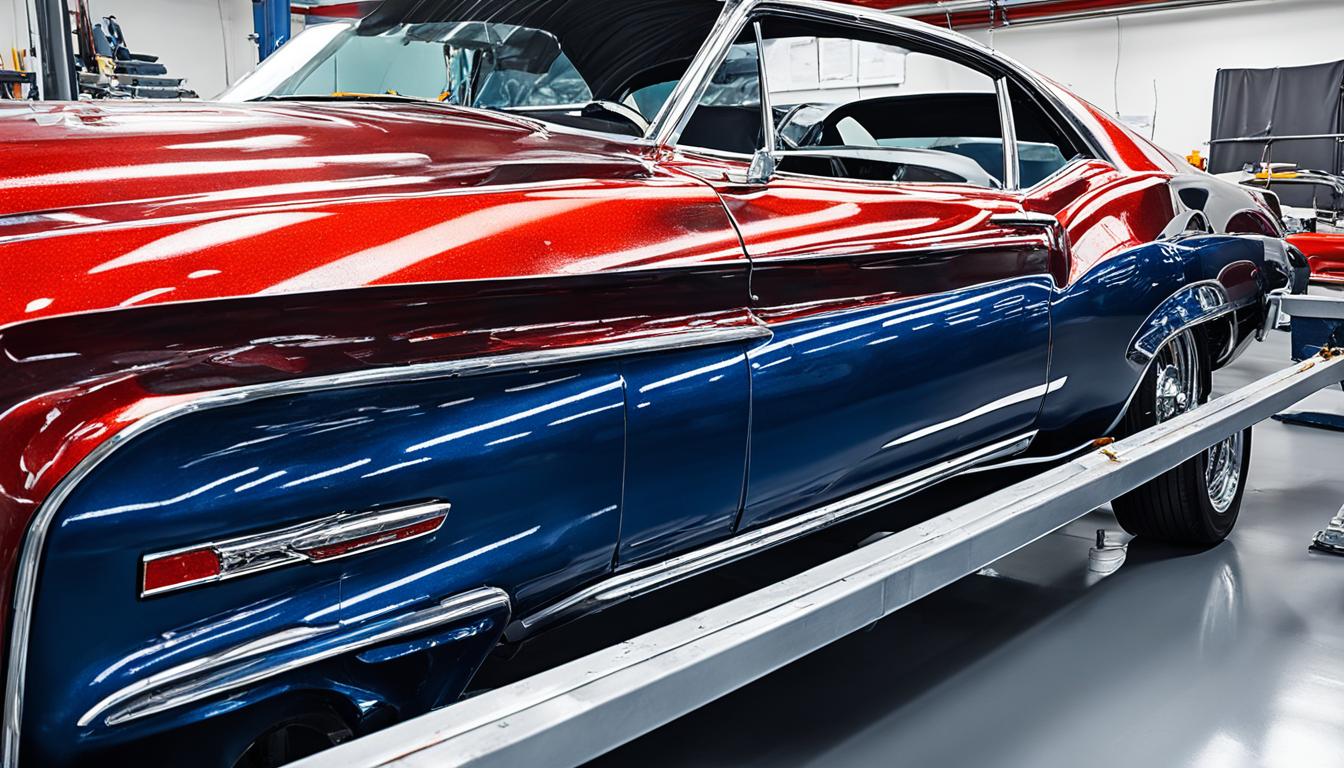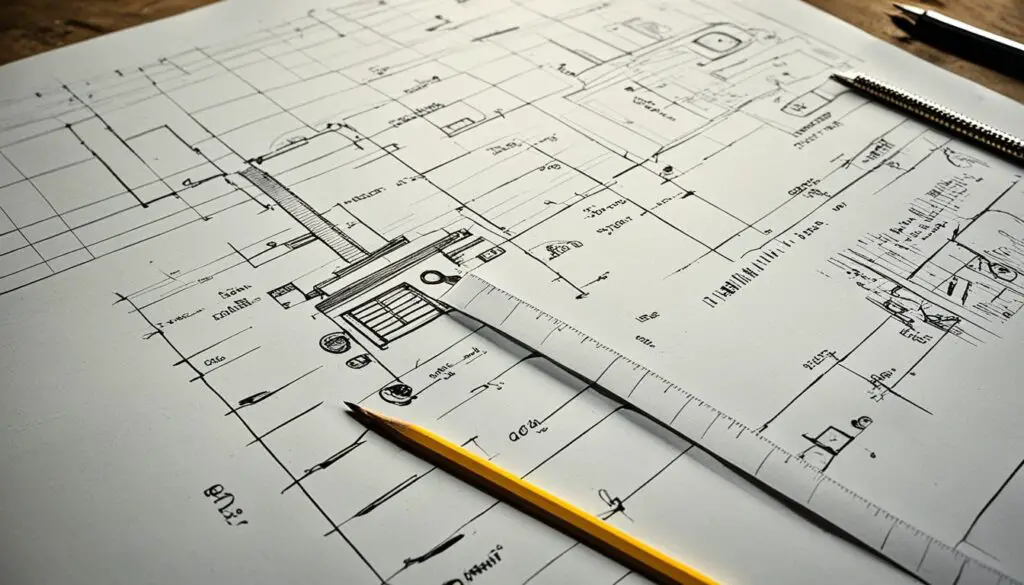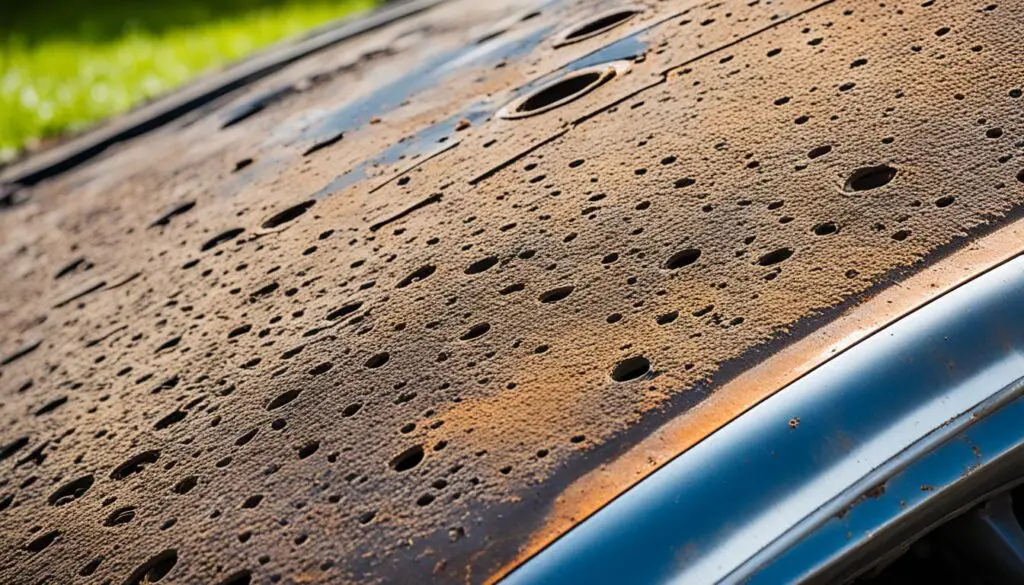
From Worn to Wow: Complete Car Body Restoration Guide
Restoring a car can be tough yet rewarding. Right planning and resources can turn a tired vehicle into a beauty. I’ll guide you through key steps for car body restoration with tips for amazing results.
- Car body restoration is a rewarding project that requires careful planning and budgeting.
- Research prices for parts and services to set a realistic budget and timeline.
- Select a vehicle that aligns with your restoration goals and expertise.
- Create a well-organized work area with the necessary tools and equipment.
- Prepare the vehicle by assessing its condition, documenting components, and identifying parts that need replacement or repair.
Step 1: Plan Ahead for a Successful Restoration
Deciding to restore a car means the first step is to plan carefully. A good plan lays the groundwork for a successful project. This planning includes setting a budget, picking the right car, and preparing a workspace.
Car Restoration Planning
In the planning stage, you set your goals and plan your project out. Determine if you’re fully restoring the car or just working on some parts. Think about what you want the final result to be.
It’s crucial to be realistic about what you can do. Make sure your skills, time, and budget match your project’s needs. Keeping track of your work with a checklist can help stay organized.
Budgeting
Creating a budget is key. You should know how much it will all cost. Estimate what you’ll spend on parts, labor, and any unexpected costs.
Also, think about the tools you’ll need. Having a budget helps you make smart choices during the project.
Selecting a Vehicle
Picking the right car is a big deal. Find one that fits your goals and budget. Look at different cars and see what you like.
Check the car’s condition and parts carefully. Seeing what work it needs is important. The right car will make your project easier and more fun.
Setting up a Work Area
A good work area is critical. Make sure it has enough space for you and your tools. You might be working on your project for a while, so pick a spot you can use for a long time.
Have all the basic tools ready. You might also need to get some special tools for your project.
With a good plan and the right setting, you’re ready to start restoring your car.

Key Takeaways:
– Start with careful planning for your car’s restoration.
– Figure out your goals and timeline.
– Create a realistic budget considering all costs.
– Choose a car that fits your needs and abilities.
– Get your workspace ready with the tools you’ll need.
Tools and Equipment Checklist
| Essential Tools | Specialized Tools | Optional Equipment |
|---|---|---|
| Wrenches | Spray booth | Sandblaster |
| Screwdrivers | Engine hoist | Parts washer |
| Power tools (drills, grinders) | Paint gun | Media blaster |
| Torque wrench | Diagnostic scanner | Rotisserie |
| Bodywork tools (hammers, dollies) | TIG/MIG welder | Hydraulic press |
Step 2: Preparing the Vehicle for Restoration
Once you have planned the restoration project, start preparing the vehicle. This step is key to a successful restoration. It ensures your vehicle ends up as a beautiful piece of art. The main tasks are:
- Vehicle Assessment: Start by checking the vehicle’s condition. Look for structural damage, rust, and other issues. These must be fixed early in your restoration project.
- Disassembly: Take the vehicle apart carefully. Note where each part goes and its condition. This makes it easier to remember what needs fixing.
- Purchasing Parts: Make a list of parts needing replacement or repair. Ensure the parts you buy are high-quality and fit your vehicle’s make and model.
- Rebuilding Engine and Transmission: Your engine and transmission might need rebuilding. Getting them serviced by a pro is a good idea, to make sure they’re in top shape.
Think about sending some parts for re-chroming. This process can give bumpers and trim pieces their shine back. It makes your restored vehicle look even better.
Good planning and attention now can save you time later. Make sure you check the vehicle, take it apart, buy the right parts, and maybe fix the engine and transmission. This will lead to a rewarding restoration.

Step 3: Bodywork and Paint Restoration
The bodywork and painting are key in fixing up a car. They include tasks like taking off old paint, fixing dents, and dealing with rust. Doing these carefully will make the car look perfect again.
First, we must strip off the old paint. This can be done with chemicals or by sanding. Pick the way that fits the paint and its condition.
Then, we fix any dents. This step is really important. The right tools and skills can make your car’s surface smooth again.
Old cars often have rust. It’s vital to remove it to stop further harm. You can remove rust by sanding, grinding, or using special products.
After that, it’s time to paint. This step completes the restoration. Using primer, base coat, and clear coat makes the car look amazing. Always use the best paint and methods for the top results.
Working hard on the bodywork and paint turns your car into a masterpiece. Each part, from stripping the paint to applying the new coat, makes the car look like new. This work gives you a car to be proud of.
FAQ
What is car body restoration?
Car body restoration is turning an old or broken car into a nice, working vehicle. This process fixes or changes broken parts, improves the body, and adds new paint.
How long does a car body restoration project typically take?
The time needed for a car body restoration varies. It depends on how much work is needed, if parts are easy to get, and the worker’s skill level. Small jobs can be done in weeks, but big ones might take months or years.
Do I need to have mechanical experience to restore a car?
Knowing about car engines helps, but it’s not a must. If you’re not good with engines, you can get a pro. Or, ask someone who knows what they’re doing for help.
How much does car body restoration cost?
The cost to fix a car’s body changes a lot. It depends on how bad the car is, how much needs fixed, and what quality parts you use. It’s a good idea to make a budget and look at prices for parts and labor to know the full cost.
Can I restore a car on a limited budget?
Yes, you can fix a car cheaply. First, focus on the must-do repairs. Then, look for parts and materials that don’t cost much. Scouring salvage yards, online markets, and forums can help you find affordable stuff.
Is it better to restore an original car or modify it?
Whether to fix a car’s original look or change it is a personal choice. Keeping it original can be harder, but maintains its historical value. Changing lets you make it your own, but it might lose some historical worth.
